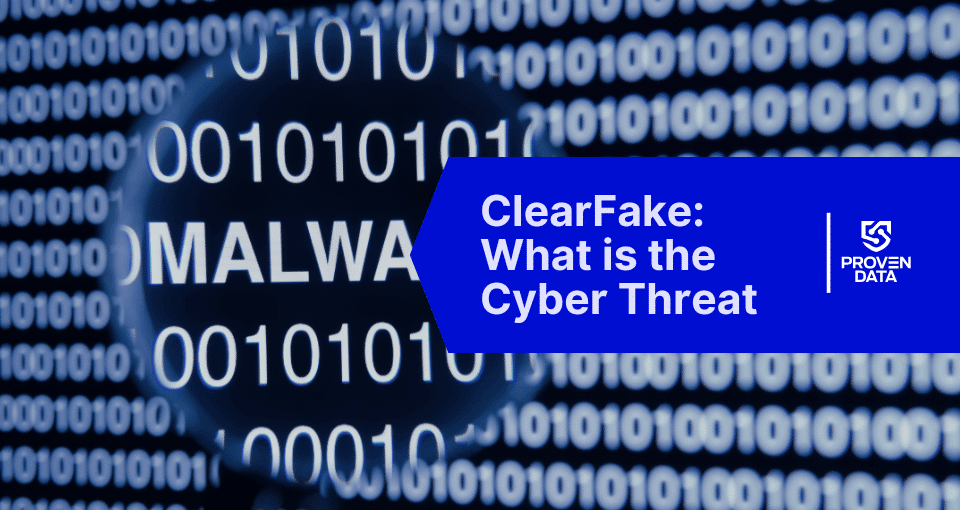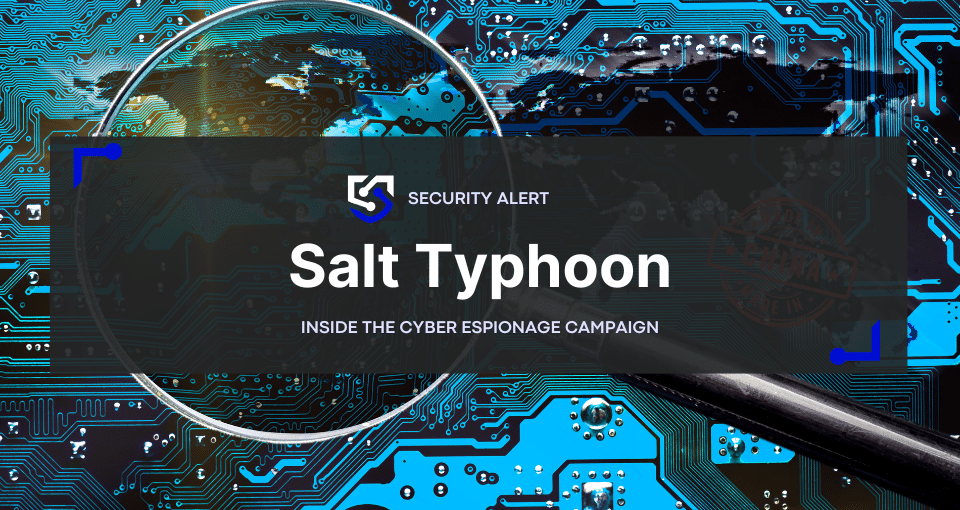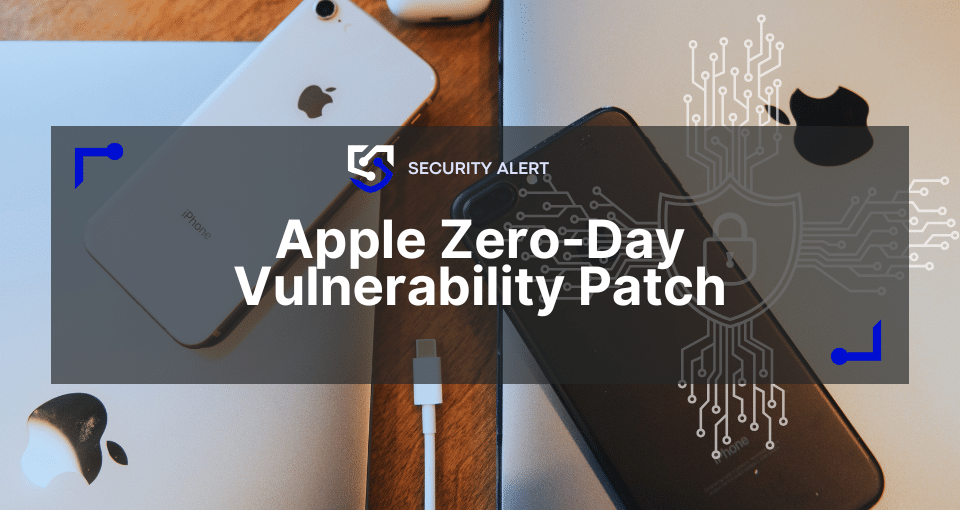ClearFake is a sophisticated malware campaign that has rapidly evolved into one of the most prevalent and dangerous schemes in cybersecurity. It is a malicious JavaScript framework deployed on compromised websites as part of drive-by compromise campaigns. It uses advanced social engineering tactics to trick users into executing malicious code, ultimately leading to the installation of information-stealing malware on their systems.
First identified in July 2023 by security researcher Randy McEoin, ClearFake has since undergone multiple upgrades, expanding its reach and capabilities. What sets ClearFake apart is its ability to target both Windows and macOS users, making it a versatile threat in the cybercrime ecosystem. Its sophisticated use of legitimate web services, blockchain technology, and advanced social engineering makes it a formidable threat to users across multiple platforms. The campaign’s ability to adapt and evolve, as seen in its expansion to macOS and the introduction of new infection methods, underscores the need for constant vigilance and up-to-date security practices. By staying informed and implementing comprehensive cybersecurity measures, users and organizations can significantly reduce their risk of falling victim to ClearFake and similar malware campaigns.
How ClearFake spreads and infects systems
ClearFake’s infection chain is a multi-stage process that combines technical sophistication with social engineering. Understanding this process is crucial for both security professionals and end-users to recognize and prevent potential infections.
Compromised website injection
The initial stage of a ClearFake attack involves the compromise of legitimate websites. Attackers exploit vulnerabilities, often in WordPress plugins, to inject malicious JavaScript code into these sites. This compromised code serves as the entry point for the ClearFake framework.
Drive-by compromise execution
When users visit a compromised site, the injected JavaScript code executes automatically without requiring any user interaction. This drive-by approach allows the attackers to infect a large number of visitors to popular websites potentially.
Fake browser update presentation
ClearFake uses a unique technique called EtherHiding to retrieve its malicious payload. The injected JavaScript requests the Binance Smart Chain, where the malicious code is stored as a contract object. This code is then retrieved and executed in the user’s browser.
EtherHiding code retrieval
Users are presented with convincing fake update notifications for browsers like Chrome or Safari. These notifications are designed to mimic legitimate browser update prompts, often including familiar logos and language to increase credibility.
Social engineering tactics
Recent variants of ClearFake have introduced a more direct social engineering approach. Instead of automatic downloads, users are tricked into manually copying and pasting malicious PowerShell commands. This method bypasses some security measures that block automatic downloads.
What to do after a ClearFake attack?
If you suspect ClearFake has compromised your system, it’s crucial to act quickly and methodically to minimize damage and protect your data. Here are the steps you should take:
Change the passwords
Change all your passwords using a separate, uninfected device. Start with critical accounts like email, banking, and social media. Ensure you’re using strong, unique passwords for each account.
Professional cybersecurity assistance
Contact a reputable cybersecurity firm for incident response assistance. They can help contain the threat, eradicate the malware, and develop a recovery plan. They may also provide a digital forensics report to determine the extent of the breach.
Notification of relevant parties
If sensitive data may have been compromised, notify the relevant parties. This could include your employer, financial institutions, or, in some cases, legal authorities. Be aware of any legal obligations you may have regarding data breach notifications.
How to prevent ClearFake malware attacks
Preventing ClearFake attacks requires a combination of technical measures and user awareness. Here are some key strategies to protect yourself:
Regular system and application updates
Keep your operating system and all applications up to date. Software updates often include security patches that can prevent the exploitation of known vulnerabilities.
However, be highly cautious of unexpected browser update notifications, especially on non-official websites. Legitimate browser updates typically occur within the browser, not through website prompts. Only download software from official sources like the Apple App Store or Microsoft Store.
Robust security software utilization
ClearFake uses a unique technique called EtherHiding to retrieve its malicious payload. The injected JavaScript requests the Binance Smart Chain, where the malicious code is stored as a contract object. This code is then retrieved and executed in the user’s browser.
Cautious approach to online advertisements
Avoid clicking ads or pop-ups, especially those prompting software downloads or updates. ClearFake and similar campaigns often use malvertising as an infection vector.
Multi-factor authentication implementation
Enable two-factor authentication on all accounts. This adds an extra layer of security even if your passwords are compromised.
Ongoing cybersecurity education
Stay informed about the latest social engineering tactics used in malware campaigns. Regularly educate yourself and others in your organization about these evolving threats.
Regular and secure data backups
Maintain regular backups of your data to a secure, offline location. This can be crucial for recovery in case of a successful attack.







